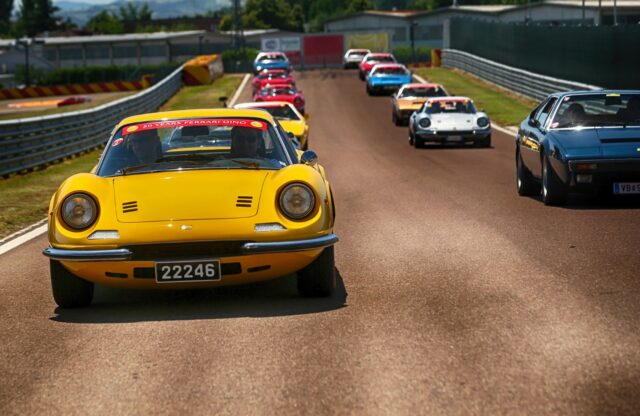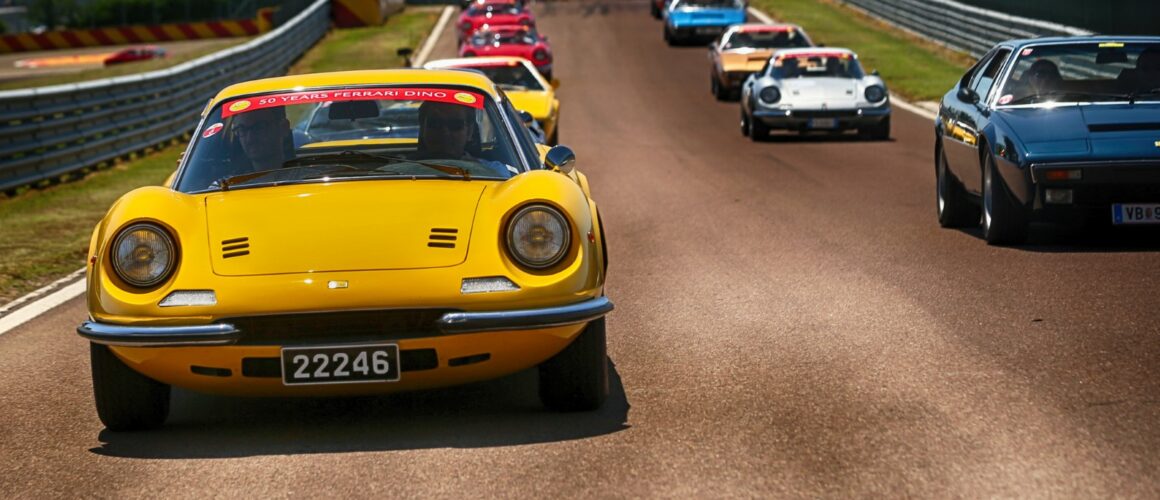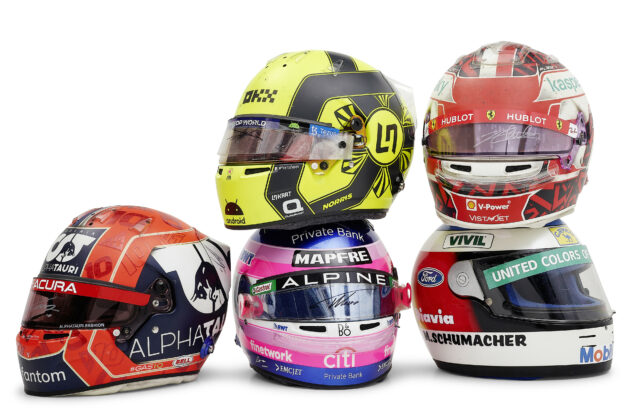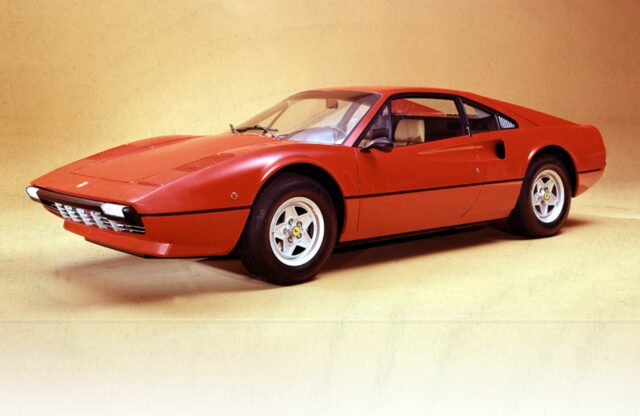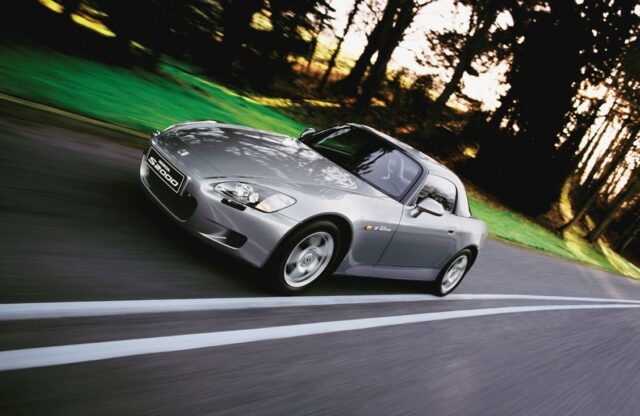Few would consider the Dino to be anything but a proper Ferrari these days. Yet back in the 1960s, the mere idea of putting a Prancing Horse badge on a road car not sporting a big V12 under its bonnet was unthinkable.
Sure, Ferrari had built a number of racing prototypes in a V6 configuration, but fitting one to a road machine was just not on the cards. Well, not until Formula 2 Monoposto (single-seater) regulations required that racing engines had to be production based, with at least 500 built each year.
Such volumes meant that Ferrari had to strike up an alliance with Fiat, which would fit slightly detuned variants of the same engine into its own Dino Spyder and Coupé. And that is how the Dino 206 GT was born. The first cars were intentionally marketed without any Ferrari badges, in an attempt to differentiate the ‘real’ V12 models from this entry-level offering. However, it soon became clear that this very light, aluminium-bodied sports car was a Ferrari in everything but name.
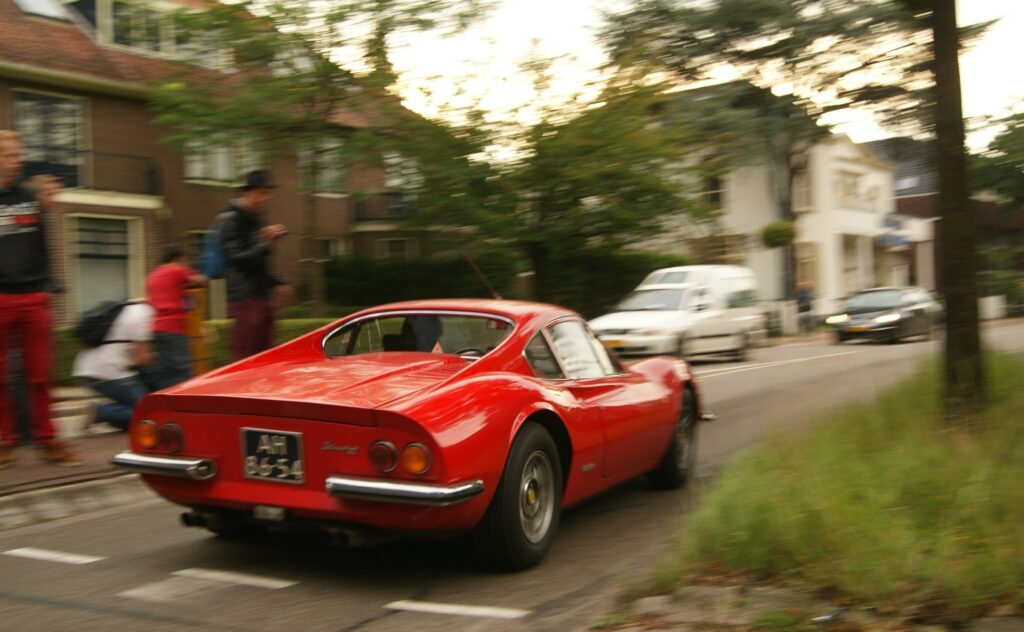
The 2.0-litre 178bhp engine provided eager if not exactly thrilling performance, and just 152 LHD units were produced between 1967 and 1969. At this point the Dino 246 GT was introduced, sporting a more powerful, 192bhp 2.4-litre V6 motor (175bhp for US-spec cars). This helped improve the acceleration figures despite a higher kerbweight, thanks to the body now being made from steel to save on production costs. A targa-top GTS model joined the GT in 1972, and these variants stayed in production until 1974.
While they are referred to as Ferrari Dinos these days, the marque’s name was never officially used for these cars. The sales brochure called it: “Tiny, brilliant, safe… almost a Ferrari.” The Dino certainly was brilliant, and the driving experience was streets ahead of that of many V12 Ferraris from its era. Those Pininfarina-designed curves have aged beautifully, and the Dino has since taken its rightful place among Ferrari’s most coveted machines.
ENGINE AND GEARBOX
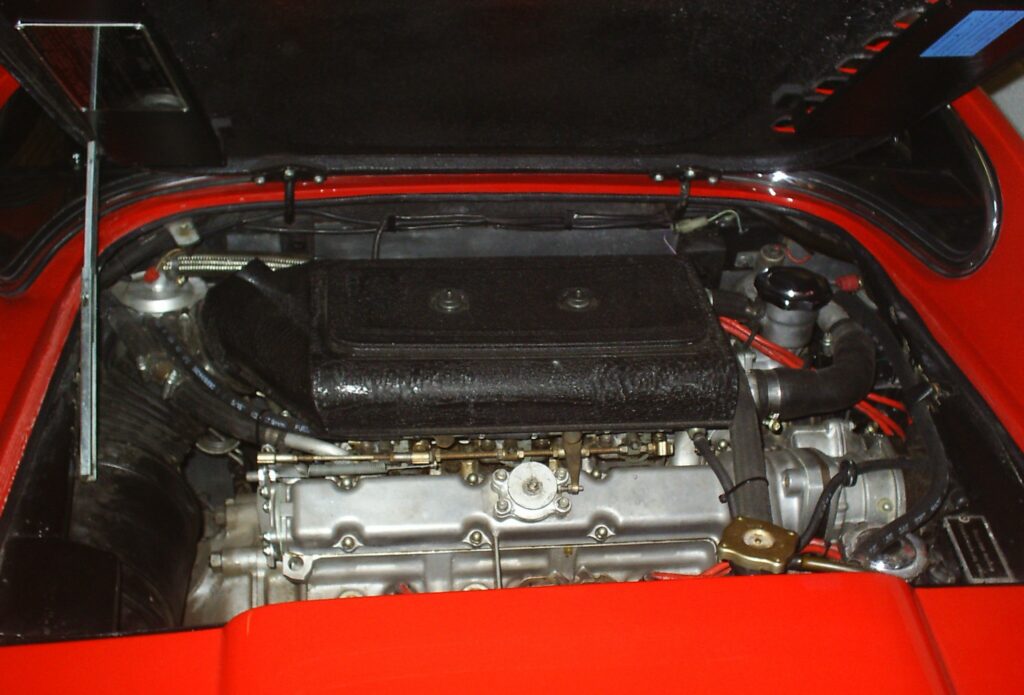
The 65-degree V6 was initially developed for Ferrari’s racing programme, and had twin-overhead cams along with electronic ignition. The 2.0-litre engine blocks were made out of aluminium, while the 2.4-litre units were manufactured from cast iron.
Regular servicing and frequent oil changes (every 3000 miles) are vital. Valve clearances need to be checked, too, which is a less labour-intensive job on 2.4-litre cars than on the earlier models.
The Dinoplex ignition system can be problematic, so it is best to use a knowledgeable classic Ferrari specialist here. A smoky exhaust could indicate worn valve guides or pistons.
Two timing chains were used on these engines. These are less troublesome than the cambelts on many Ferrari V8s, but be wary of noisy and under-tensioned chains, because they could spell big repair bills.
A five-speed manual transmission was used on all variants. Second gear is recalcitrant when cold; this is a pre-1990s Ferrari after all. Changes should be crisp and direct once the ’box is warm, and sloppy shift quality or crunching gears may indicate that a rebuild is imminent. Parts are still available at a price.
SUSPENSION AND BRAKES
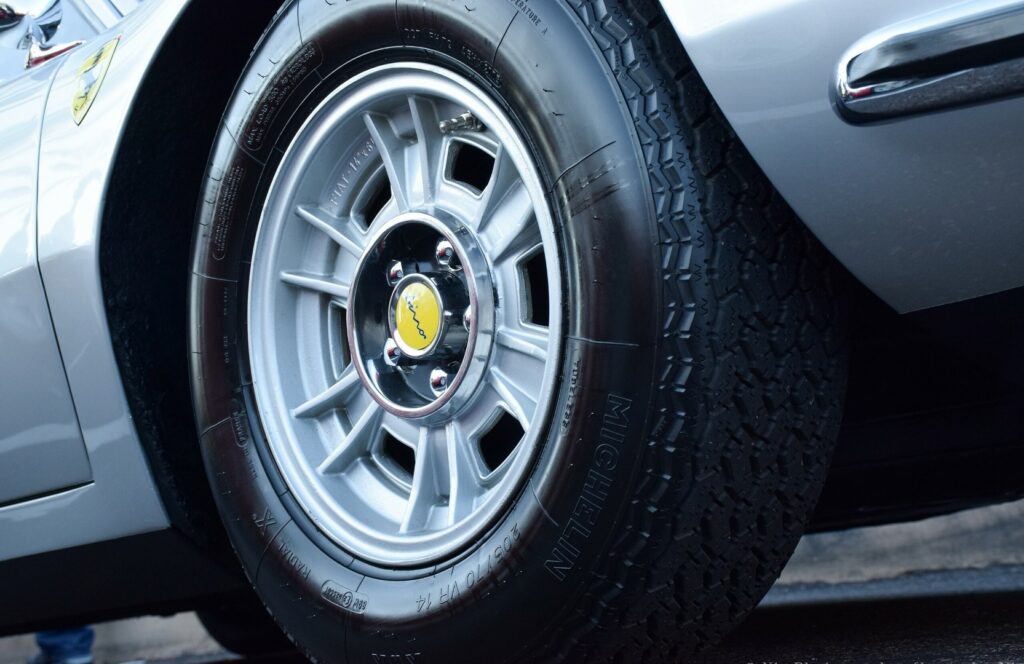
The ventilated all-disc brake set-up has no inherent faults, but check for seized calipers and warped discs on stored cars.
The suspension system is a relatively standard affair, and the usual age-related issues tend to be the only things to look out for. If the car does not feel planted and responsive to steering inputs, have a good look underneath for worn bushes and shock absorbers.
BODYWORK AND INTERIOR

Rust is the biggest nemesis of the Dino. Otherwise pristine-looking examples can hide all manner of evils underneath their seductive bodywork.
Values have been high for some time now, which means ground-up restorations are far more common. Nonetheless, a very comprehensive inspection of any potential purchase should be carried out. The 206 GTs were all aluminium, while the 246 models were steel bodied with aluminium doors and bonnets.
Retrims are common, because the interior of all but the most pampered cars will be showing noticeable wear by now. Vinyl was the default factory trim, yet leather is a popular alternative. The electrics are not a Dino strong point, so check that gauges, windows and buttons are all working as they should.
WHICH DINO 206/246 TO BUY
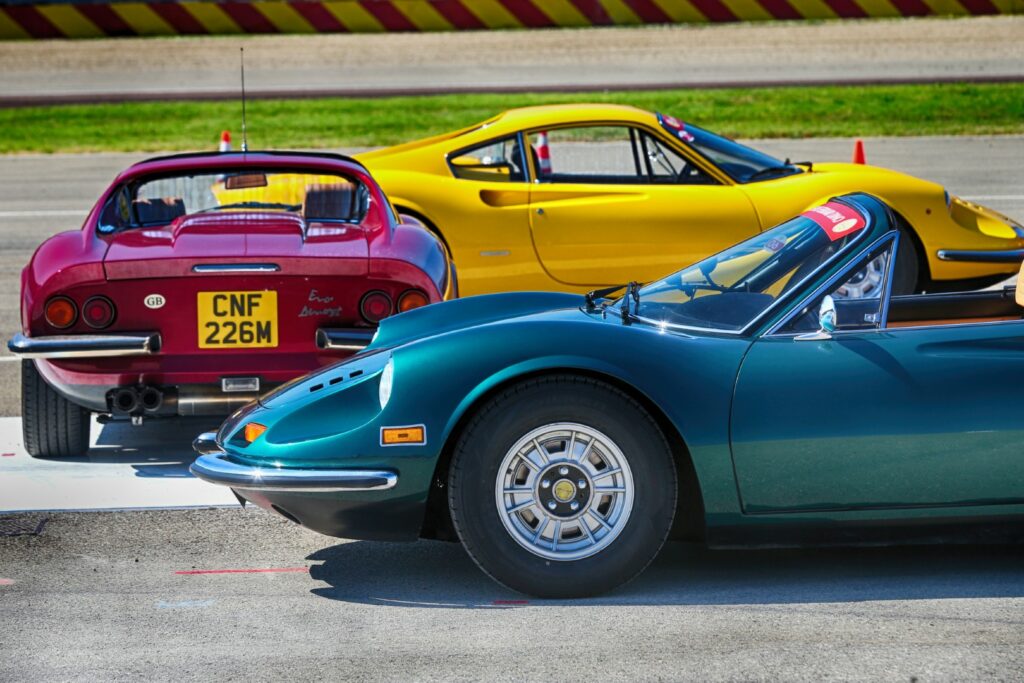
The Dino has gone from a budget ‘almost Ferrari’ to a highly regarded Maranello thoroughbred over the decades. Many years of indifference and low values have thinned out its ranks, and original examples are now extremely valuable.
The rare and short-lived 206 GT models naturally command the highest prices in today’s market. Low mileages, matching numbers and originality all help boost values even further. The vast majority of cars offered in the UK are 246 GT and GTS models. The ‘chairs (Daytona seats) and flares (wider arches)’ options tend to command higher prices.
Almost all Dinos will have undergone full restoration, but not every renovation is carried out to the same high standard. Be sure to inspect the service history, and get a specialist to give the car a thorough once-over before committing.
WHAT TO PAY
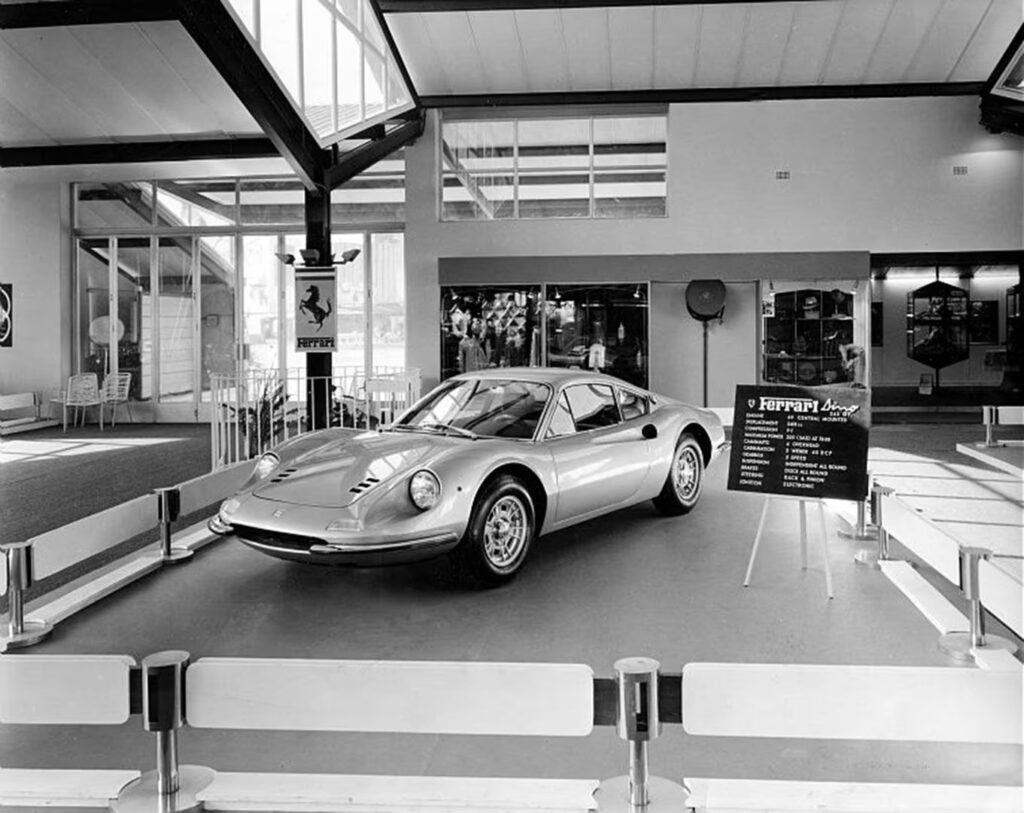
(1971 246 GT Coupé, UK)
Fair: £278,000
Good: £328,000
Excellent: £390,000
Concours: £448,000
(1971 246 GT Coupé, US)
Fair: $355,000
Good: $425,000
Excellent: $505,000
Concours: $589,000
SPECIFICATIONS
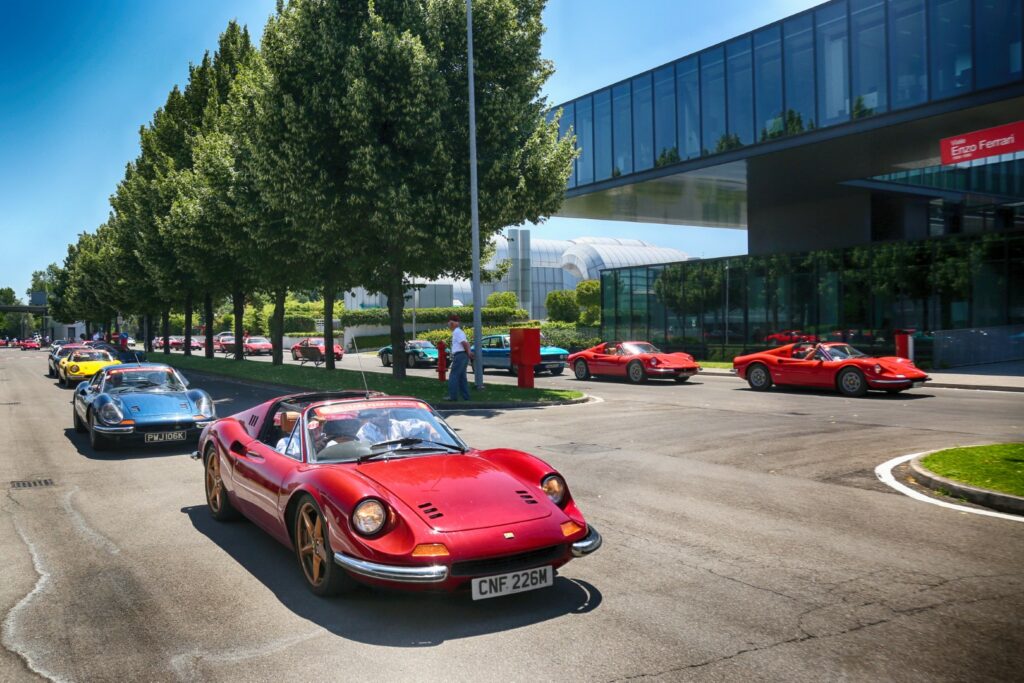
2.0-litre V6
Power: 178bhp
Top speed: 140mph
0-60mph: 7.5 seconds
Economy: 25mpg (est.)
2.4-litre V6
Power: 192bhp
Top speed: 146mph
0-60mph: 7.1 seconds
Economy: 25mpg (est.)
